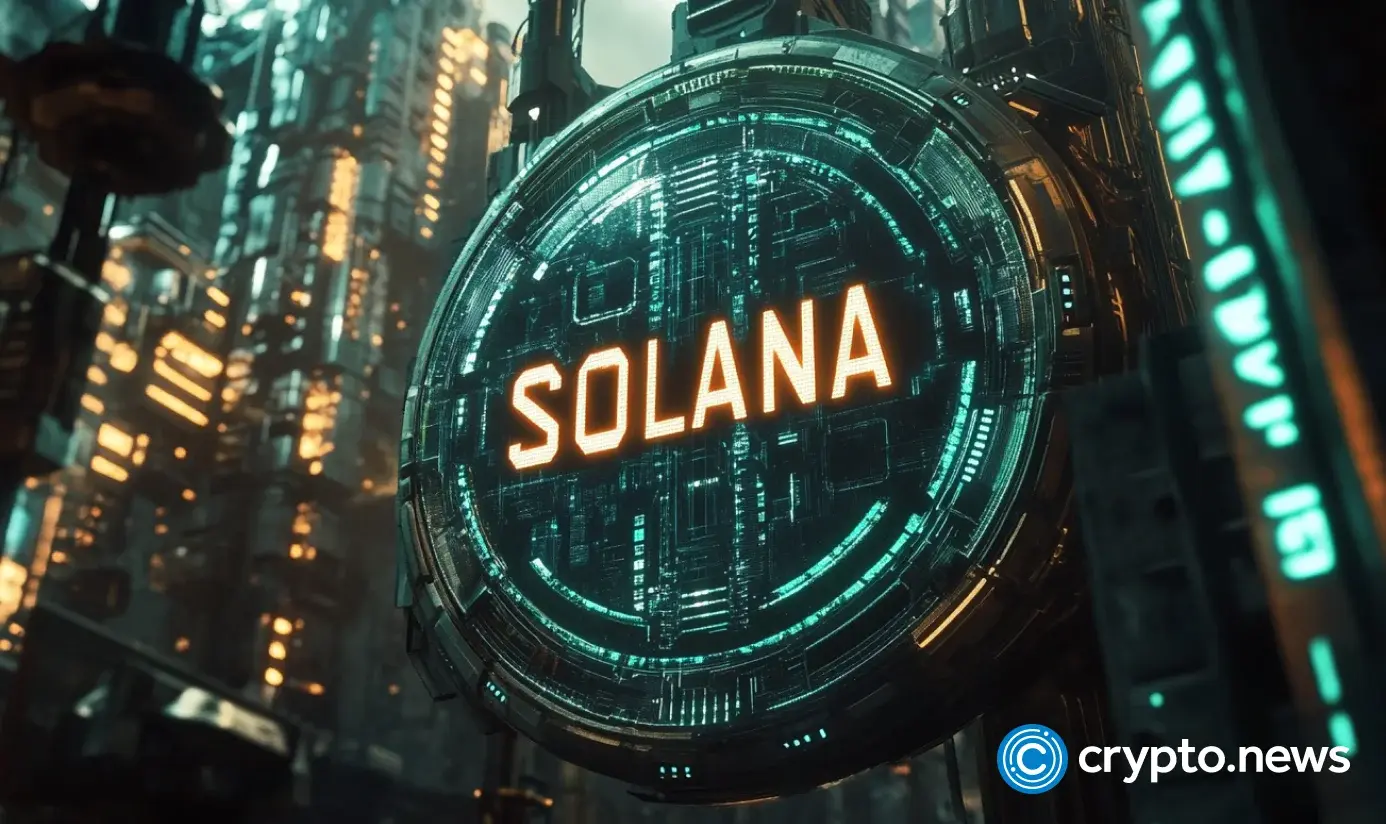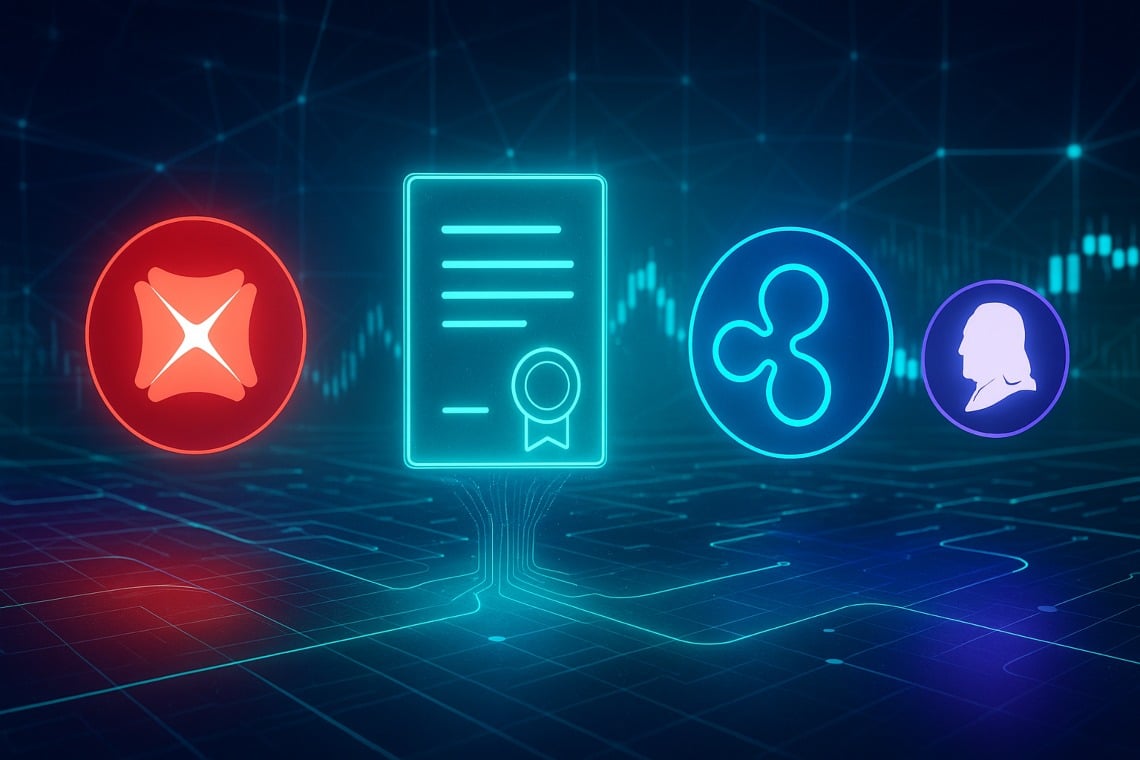Current Climate brings you the latest news about the business of sustainability every Monday. Sign up to get it in your inbox.
Sales of electric vehicles in the U.S. surged in the third quarter as buyers rushed to take advantage of the $7,500 federal tax credit for new EVs that phased out on Sept. 30. That pushed the segment to a best-ever 10.5% market share during the three-month period, according to media reports. And companies including Tesla, General Motors, Ford and Hyundai all posted big spikes in demand for their battery-powered models.
But there’s also concern the quarterly spike was a one-off event and that sales in the fourth quarter and beyond could taper off sharply. Ford CEO Jim Farley said EV’s current record high market share could fall by half now that the government incentive is gone. He could be right, but there are also indications that automakers are compensating by rolling out lower-priced models and keeping lease deals affordable. GM and Ford essentially bought up lots of their own EV inventory before the quarter ended so that they can lease models to customers this year with the tax credit already baked in.
An even more helpful move could be Hyundai’s decision to slash prices for its Georgia-built Ioniq 5 by as much as $9,800, setting the base price for the electric hatchback at just $35,000 (slightly above the South Korean brand’s Kona EV, at about $33,000). Nissan is rolling out a restyled version of its Leaf with a starting price just below $30,000 that offers 300 miles of range per charge. GM is also preparing to sell a revamped version of its battery-powered Chevrolet Bolt in early 2026 that’s expected to have a base price below $30,000. The company’s EV sales surge this quarter was led by its electric Equinox compact crossover, which starts at about $35,000, in line with what similarly sized gasoline-powered models sell for. Add in Tesla’s Model 3 sedan, starting at $42,490, and Kia’s EV6 crossover, priced from $43,000, and U.S. consumers have a growing number of options that are all less expensive than the current average new vehicle price of just over $49,000.
Prices would go even lower if the U.S. reversed restrictions on imported Chinese EVs, which would put sub-$30,000 models from BYD, Xpeng and Xiaomi on the market, but there’s little chance of that happening in the foreseeable future.
Still, even more lower-priced models are on the way. Rivian is bringing out its next-generation SUV, the R2, in early 2026 that will sell for about $45,000 and Ford said it plans a “Model T” moment with a new electric pickup model priced from $30,000 due in 2027. Meanwhile, GM is readying a new lithium-manganese battery for its 2028 model pickups and SUVs that will cost at least $6,000 less than current lithium-ion cells.
So while there’s likely to be choppiness in the EV market in the months ahead, increased affordability should help take things to the next level despite federal policy headwinds.
The Big Read
David Paul Morris/Bloomberg
The Secret Weapon California Is Using To Prevent Blackouts
California is testing a new approach to managing electricity: virtual power plants, which are networks of residential batteries and smart devices that work together as a single, dispatchable generator. Early results indicate that these distributed systems could transform how utilities balance supply and demand on a grid increasingly powered by solar and wind energy.
VPPs coordinate thousands of behind-the-meter batteries, smart thermostats, and other connected devices to act collectively as a single grid resource. The idea is straightforward: if each home battery or smart device contributes a small portion of its stored energy at the right time, the combined output can be enormous.
In a test in July, California’s three major utilities coordinated hundreds of home batteries through Sunrun, forming a 500-megawatt virtual power plant—enough to rival half of a Diablo Canyon nuclear reactor. The experiment demonstrates that consumer-owned systems, when combined, can provide real-time grid flexibility and help prevent blackouts during peak demand.
“When aggregated, these batteries can be dispatched to help the grid at critical moments, providing both reliability and potential financial benefits to participants,” Paul Dickson, chief executive of Sunrun, told me. While Sunrun sells solar panels and battery systems, Dickson said he sees traditional fuels playing a supportive role. “We don’t advocate for the elimination of all fossil generation. This is about creating flexibility and resilience.”
Read more here
Hot Topic
(Before she passed on Oct. 1, Dr. Jane Goodall appeared at the Forbes Sustainability Leader Summit on Sept. 22. Here are some of the thoughts she shared.)
Jane Goodall on prioritizing the protection of the natural environment
You’ve said that the health of the planet should be at the heart of every economic conversation. What does that mean and what should people understand about that statement?
I think the important thing for everyone to understand is that we are part of the natural world. It seems these days everybody’s so involved with technology that we forget. We’re not any part of the natural world. We’re an animal like the others, but we depend on it. We depend on it for clean air, water, food, clothing. Everything basically comes from the natural world. But what we depend on is healthy ecosystems and it’s the ecosystems that we’re gradually destroying because of unsustainable demands made on our natural resources.
Unsustainable demands that come from companies, from the private sector?
It comes from two reasons or three, perhaps. It comes from unsustainable lifestyles, which many people on this planet, myself included, have. People are making these unsustainable demands because they want too much, more than they need, much more than they need. Secondly, poverty. Because when you are really poor, you are going to destroy the environment in order to survive, to make money from charcoal or timber, something like that. These are the reasons that we are destroying the planet. It’s a thing for economists. I can’t work this out, but we have a growing population of humans, a growing population of our livestock. At the same time, the natural resources of the planet are finite. So how do we care for the people on the planet, but at the same time care for the environment for future generations?
It’s a tough problem, but the one thing that makes us different from any other animal is our intellect. I always say we are the most intellectual species to walk the planet, but we are not intelligent. If you are intelligent, you don’t destroy your only home.
We’ve got to get together, and scientists are beginning now to really work out technology that can help us live in greater harmony with the natural world, like in renewable energy, capturing CO2 before it goes up into the greenhouse gases, those kinds of things. It’s a problem and it should be at the heart of everything. It should be at the heart of politics and at the heart of business.
What do you say to CEOs or executives who want to embark on conservation efforts, but feel pressured or stymied by their boards, shareholders or the political climate?
I would say if they really feel that it’s important to do the right thing, they need to have courage. I think this particular time we’re living through, there’s too much of a lack of courage out there.
How do you overcome a sense of despair you might feel when you see some of the latest climate statistics?
I firmly believe we’ve got a window of time. It’s not a long one. Even the top scientists say, yes, we have a window. We’ve got to work together and take action to slow down climate change, to slow down loss of biodiversity, and to move to a plant-based diet because industrial agriculture for growing crops has a devastating effect on the environment. And animal agriculture, too. Billions of animals. You have to feed them, clear land, grow grain. More grain goes for animals than starving people today, which is shocking. They use a lot of water.
Iran has now virtually run out of water. I don’t know what they’re going to do. I was talking to an Iranian friend yesterday, and he said it’s devastating, and “what’s the point of worrying about nuclear facilities when the country’s running out of water?”
What Else We’re Reading
The Trump administration is cutting $8 billion for climate projects in blue states, including California’s hydrogen hub (Los Angeles Times)
Climate change could cost businesses $1.5 trillion in productivity losses by 2050 (World Economic Forum)
U.S. taking equity stake in Lithium Americas and its Nevada mining project (Wall Street Journal)
Energy Department tells employees not to use words including “climate change” and “green” (NPR)
Pope Leo rebukes climate skeptics after Trump calls warming a ‘con job’ (Politico)
Trump’s transportation department pulls trail and bike grants it deems “hostile” to cars (Associated Press)
Carrier wants to pair batteries with air conditioners to help the grid (Canary Media)
More From Forbes
Source: https://www.forbes.com/sites/current-climate/2025/10/06/us-tax-credits-are-gone-but-cheaper-evs-are-coming/


